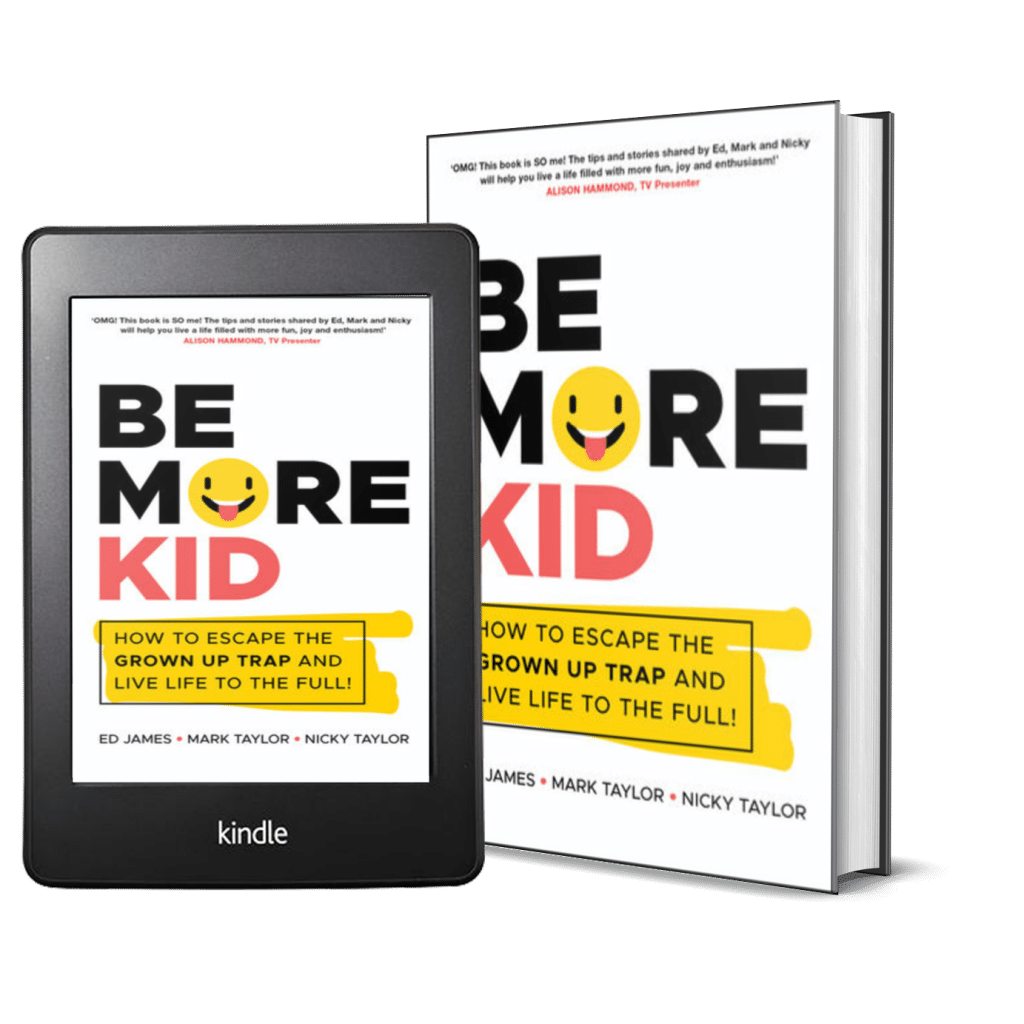When most people come to us to write a book, I’m pretty sure that they aren’t overly worried about the title. Their primary concerns are the structure, what content they’ll share, whether they have enough to say and whether what they do say will be relevant to others.
The substance of every book is, of course, important. However, in our rush to write a bestseller, it’s important that we don’t overlook the impact a strong title can have.
What’s in a name?
We all know that we shouldn’t judge a book by its cover, but we still do (I certainly know that I do!).
In the age of online shopping, book titles have become increasingly important though. We’re no longer wandering through shops with shelves lined by hundreds of books, looking for a cover or spine that jumps out at us.
Instead, we’re scrolling through Amazon listings where the cover is a small image and the title takes equal prominence on the page. It’s the combination of the title and the cover that encourages us to click through to the listing.
You could argue that an intriguing title will jump off a bookshelf in a physical store too, and it does. However, when we’re scanning shelves, I would argue we are more likely to be drawn to colours or design elements than to a title alone.
Consider keywords
In the world of online shopping, a book’s title takes on new significance, particularly in the world of non-fiction. The words in your book title (and its subtitle, but more about that shortly) are searchable. Therefore, using the right words in your title can help more people find your book and subsequently you.
When you self-publish and upload your book to Amazon, you have to choose keywords to help the retailer’s listings. Amazon actively advises you not to choose keywords that appear in your book’s title and subtitle, because they will already be picked up by its search algorithms.
The title you choose for your book is, therefore, an important tool to help improve its visibility in an online marketplace, as well as to give readers a good indication of what they can expect when they pick up or order your book.
A word of caution, though. Avoid keyword stuffing your book’s title. A book title still needs to be succinct and make sense. Filling it with multiple keywords that don’t easily work together will have the opposite effect and make it stand out to readers for the wrong reasons, even if it does well in a search.
Choose clarity over being clever
As a writer, I love a good pun or some clever word play. We see this all the time in book titles too, but often the word play and clever titles are used in fiction books.
When it comes to non-fiction, being too clever with your title means your book could be buried behind many others in search results and simply won’t attract the right readers, even if you have incredibly valuable insights to share.
If in doubt, it’s always best to opt for clarity over being clever. That’s not to say that you can’t be creative with your book title though, because you absolutely can. If you have your heart set on a more abstract title, getting your subtitle right becomes even more important.
Subtitles: not just a nice-to-have
In entrepreneurial and personal development books, subtitles are a must. They provide the reader with that all-important explanation to clarify what they will find in the pages of your book.
Your title needs to jump out and pique their interest; your subtitle needs to follow up with the detail and strong reason as to why they should choose your book over the others available.
Here are just a couple of examples from some of our authors in 2020 to give you an idea:
Be More Kid sounds fun, and in the world of personal development books the idea of having more fun in life is great.
How to Escape the Grown Up Trap and Live Life to the Full tells the reader exactly what they can expect from this book. It clarifies the title and shows how this book will help to improve the reader’s life.
Turnover Is Vanity, Profit Is Sanity speaks to the entrepreneurial audience of this book. It focuses on what can be a pain point for business owners (namely finances).
9 1/2 Steps to Improving Your Profits & Cashflow tells the reader that they will learn specifically about profits and how placing their focus here, rather than on turnover, will improve their business.
Your book title can evolve
When you start writing your book, it’s great to have a working title. This can help focus your ideas, but it doesn’t have to be the final title of your book. As you’re writing, you might discover that you want to take a different tack, or one concept might jump out as being particularly relevant to your reader.
There is nothing wrong with changing the title of your book before you go to publication and, in fact, the writing process can help you find that perfect balance of creativity and clarity.
We had one brilliant example of this last year in the form of Gavin Scott’s Finding Gold Dust.
Gavin’s working title for his book was Customer Service 101. It was certainly clear, but it didn’t capture the friendly and approachable way in which he writes about the topic of customer service excellence.
While I was working on his book, I renamed all the chapter summaries as “Gold Dust”, because Gavin specifically talks about how there is gold dust in every conversation with a customer. This simple editorial change led to the book’s new title and influenced its overall design.
Of course, Finding Gold Dust alone doesn’t provide the clarity you want from an entrepreneurial book, which is why the subtitle (in this case How to Create Exceptional Customer Experiences) is so important.
In combining the two, you hit that sweet spot of creativity and clarity, which is ultimately what you’re looking for in any book title.
Ask for opinions
Don’t be afraid of throwing your book title out to your networks before you have published your book. This can be a valuable opportunity to gain outside perspectives, especially from those who are your target audience.
Put together a shortlist of your favourite titles/subtitles and run a simple poll on your social networks. Facebook and LinkedIn are good places to go. The great thing about this approach is that the people you’re asking won’t know what your book is about at this stage. They have to judge your book not by its cover but by its title. They can tell you whether they’d buy it or whether it, at the very least, sounds of interest to them. They can also tell you if they understand the title.
A poll about your title can be particularly useful if you’re unsure yourself, as it can eliminate some options from the running and hopefully give you a clear frontrunner.
This is also a great way to spark interest in your forthcoming book launch and announce that you’ll be a published author in the near future.
Top tips to remember
- Choose a clear title that your reader will understand and be drawn to.
- Don’t underestimate the importance of your subtitle.
- Think about how you can include keywords in your title and/or subtitle.
- It’s ok to change your title if your book evolves as you’re writing it.
- Don’t be afraid of asking for opinions from those outside the process.
I hope you’ve found this article helpful. If you need assistance with writing your business book, feel free to head to our website or email in at info@writebusinessresults.com
More to come next week!


Add a Comment
You must be logged in to post a comment